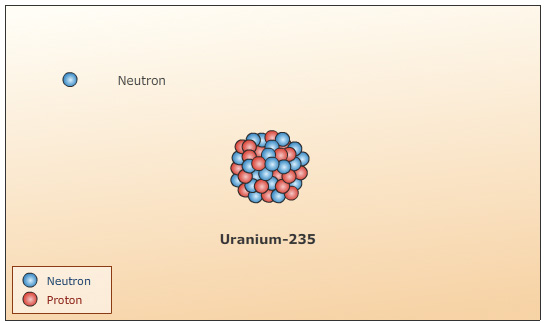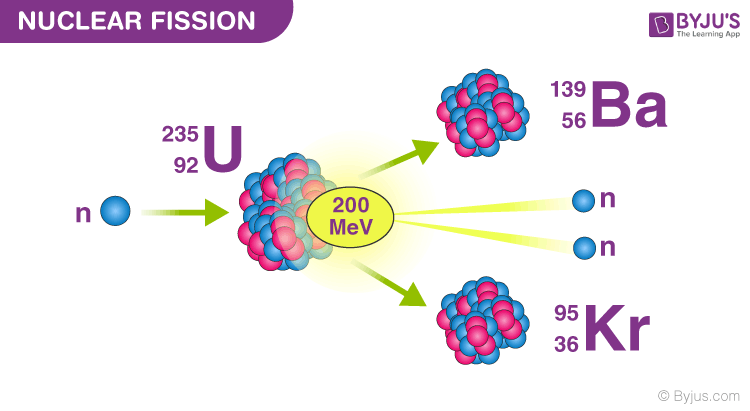
Critical mass depends on the density of the material: as the density increases, the critical mass decreases.

Modern nuclear weapons work slightly differently. In modern nuclear weapons, which use both fission and fusion, a single warhead can release more explosive energy in a fraction of a second than all of the weapons used during World War II combined-including Fat Man and Little Boy, the two atom bombs dropped on Japan.Įach piece by itself was not enough to constitute a critical mass (the minimum amount of nuclear material needed to maintain fission)-but by colliding the pieces, critical mass was reached and a fission chain reaction occurred. In some elements-such as certain isotopes of uranium and plutonium-the fission process also releases excess neutrons, which can trigger a chain reaction if they’re absorbed by nearby atoms.įusion works in reverse: when exposed to extremely high temperatures and pressures, some lightweight nuclei can fuse together to form heavier nuclei, releasing energy in the process. A neutron is shot at the nucleus and is absorbed, causing instability and fission. This can sometimes occur spontaneously, but can also, in certain nuclei, be induced from outside.


Most nuclei are relatively stable, meaning the makeup of their neutrons and protons is comparatively static and unchanging.ĭuring fission, the nuclei of certain heavy atoms split into smaller, lighter nuclei, releasing excess energy in the process. All matter is composed of atoms: incredibly small structures that house different combinations of three particles, known as protons, neutrons, and electrons.Īt the center of each atom is a “nucleus” (the plural of which is “nuclei”), where neutrons and protons are bound in close proximity together.


 0 kommentar(er)
0 kommentar(er)
